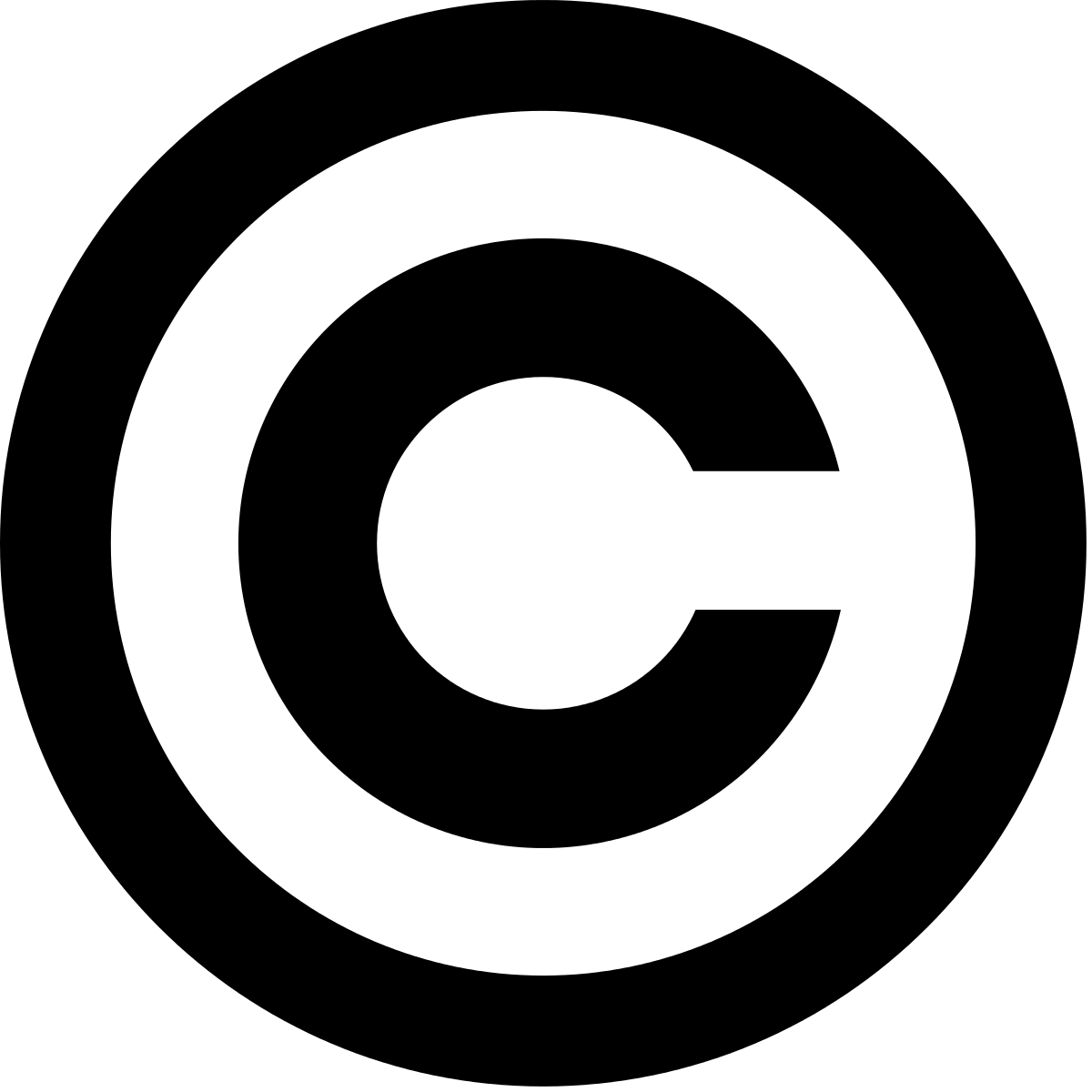Why Cite?
Using someone else's words or ideas without giving them credit is called plagiarism. Avoid plagiarism by learning to correctly cite your sources any time you borrow from someone else. Be sure to use the correct citation format for your course. The Student Handbook: Categories of Academic Dishonesty outlines how plagiarism is defined at WT.
What is Style?
Writing styles are sets of standards for:
- How to format a paper: font, margins, structure
- How to structure citations, both within the text and for the list of sources at the end of the paper
- The way a paper will be written: grammar, word usage, etc.
- What counts as evidence in a discipline
Ask your professor what style you should be using! Use the resources bellow for more information.
ASME: American Society of Mechanical Engineers
In text references are sequentially numbered, enclosed in brackets: [1].
References are at the end of the paper are formatted:
- Reference to journal articles and papers in serial publications should include:
- last name of each author followed by their initials
- year of publication
- full title of the cited article in quotes, title capitalization
- full name of the publication in which it appears
- volume number (if any) in boldface (Do not include the abbreviation, "Vol.")
- issue number (if any) in parentheses (Do not include the abbreviation, “No.”)
- inclusive page numbers of the cited article (include “pp.”)
- Reference to textbooks and monographs should include:
- last name of each author followed by their initials
- year of publication
- full title of the publication in italics
- publisher
- city of publication
- inclusive page numbers of the work being cited (include “pp.”)
American Society of Civil Engineers
For the ASCE reference guidelines, consult the guide Author Services: Journals, ASCE Style Manual, Author-Date References
The Basics:
- In-text citation is (Author Date)
Single Author Two Authors Three or More Authors (Miller 2005) (Miller and Smith 2005) (Miller et al. 2005) - Reference List Entry
- Journal Article Entry
- Author(s). (Year). "Title of article in sentence style capitalization." Abr. Jrnl. Title, Vol(iss), inclusive page numbers.
- EXAMPLE:
- Stahl, D. C., Wolfe, R. W., and Begel, M. (2004). “Improved analysis of timber rivet connections.” J. Struct. Eng., 130(8), 1272-1279.
- Journal Article Entry
General Citation Information
The purpose of citation is to make sure that you give credit to others for their ideas, and to allow your readers to explore those ideas further.
Every citation style will share some basic features:
- journal articles are identified by author(s), article title, journal title, date of publication, volume and issue, and page numbers
- books are identified by author(s), publication date, publisher and place of publications, and possibly page and chapter numbers.
The differences among styles are how each of these information pieces is formatted, and the sequence in which they are arranged.
Engineering publications tend to have specific styles for different sub-disciplines.

